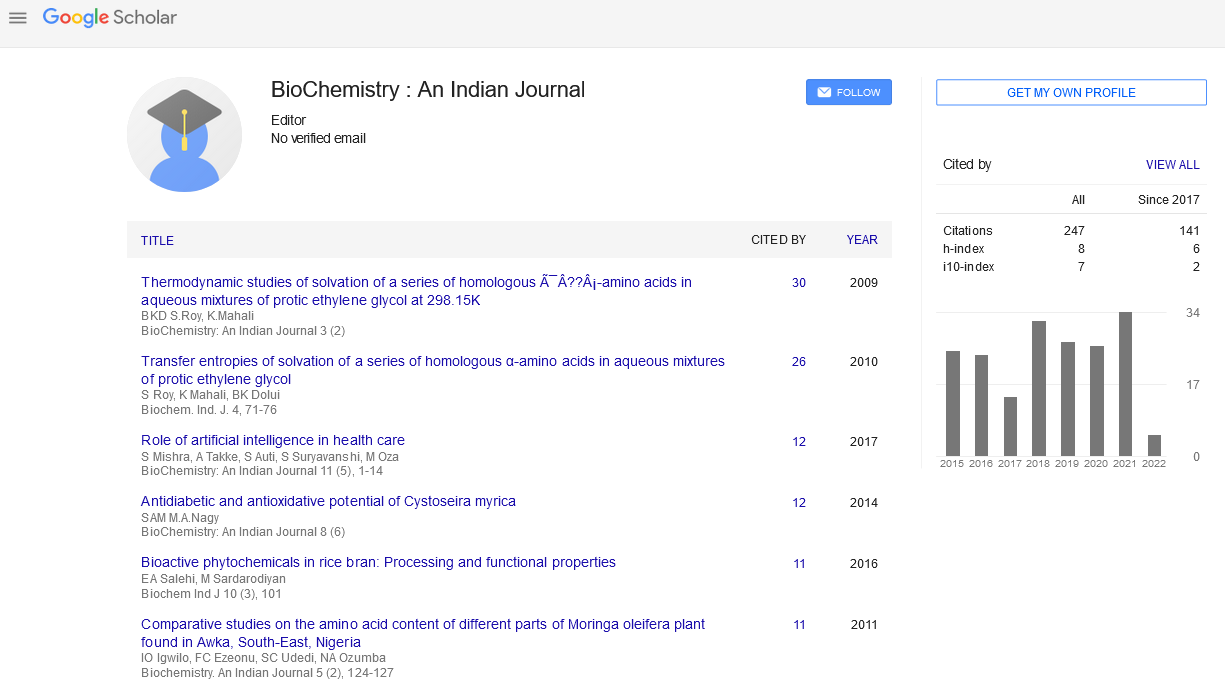Abstract
Cancer is a disease of a disturbance of chromatin structure
Author(s): Coral Wynter,Marcelo Alfonzo, Maria Fernanda CorreaFew of the 22,000 coding genes are transcribed in a normal cell as a silent gene is the default position. The role of non-coding RNAs (ncRNA) is essential in identifying the gene to be silenced or transcribed. It is proposed that transcription depends on nucleosome eviction around the promoter by a chromatin remodelling complex, attachment by a ncRNA, escorted by a protein, to the DNA sequence, followed by binding of transcription factors. The group ofmiRNAs is a special case of ncRNAs. There are two pathways for silencing the gene, one by methylation of lysine 9, H3K9me2, which is independent of polycomb group of proteins (PcG) and the other through lysine 27, H3K27me3, which is dependent on PcGs. Both silencing and transcription at a genetic locusmust be reversible.Acancer is initiated when anyone of the ncRNAs, protein factors or coding genes is mutated or silenced epigenetically in the cancer stemcell. Thus any clinical intervention in this delicate process of genetic expression is fraught with difficulties and off-target consequences.

